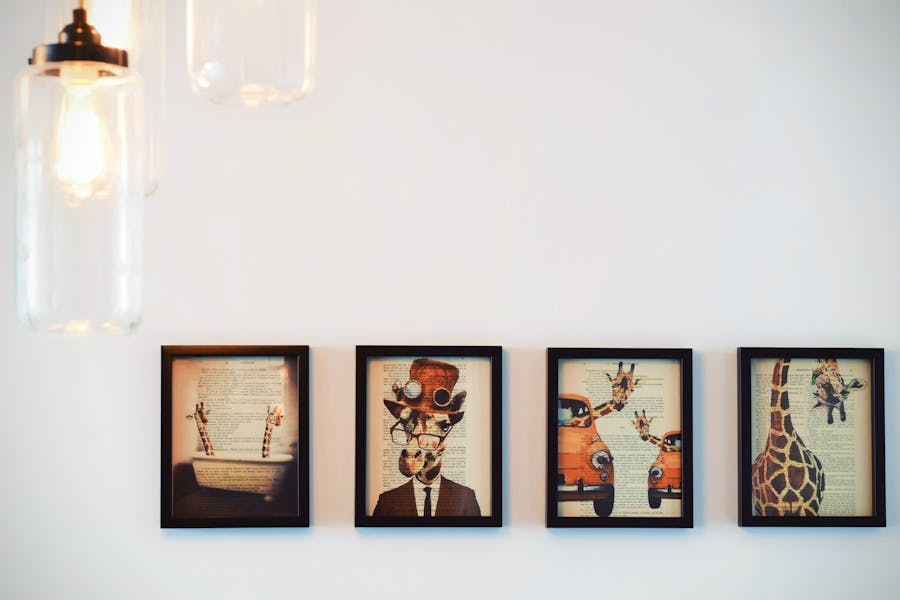The footprints of ancestors are continually evident, and in many cultures, their perceived presence provides wisdom, comfort, guidance, and curatives for the living. Worldwide, African peoples continue to honor, celebrate, and venerate their ancestors. For the Yoruba people of West Africa, ancestor veneration often takes the form of a masquerade.
The masquerade, sometimes called a “spectacle,” commands the attention of all. When the masquerade appears, a portal between the seen and unseen opens, allowing the spirits of the ancestors to descend to the earthly realm. During the masquerade, blessings, iwure, are dispensed to individuals and the community as a whole. Blessings are distributed to ensure physical protection and safety, good health, longevity, a plentiful harvest, and economic and familial prosperity.
The masquerade tradition features a mask comprised of colorful panels of fabric, accompanied by fly whisks, fans, and bells. The colorful panels are seen swirling around the masquerader; each movement is believed to remove negative forces and placate the Great Mothers, ancestors who have the ability to bestow blessings and, conversely, to curse. Through close observation of the masquerade, one can discover proverbial wisdom, commentary on social customs, as well as socio-political satire.
Performed at yearly festivals, weddings, birth, and funeral rites, the masquerade serves to unite the ancestors with the living, connecting past to present while ensuring blessings for the future. The Ancestors: Egungun Masquerade features sculptures of various sizes, called ere, or spirit vessels. Focusing primarily on Yoruba masquerade, the many styles reflect the diversity and creativity of the culture through the artistic eye of Orisanmi Kehinde Odesanya. Odesanya began creating these ancestral vessels in 2015, seeking to educate the public on African masking traditions. A Gelede Mask costume figures prominently in the display, accompanied by a photo documentary representing the mask in process.
The opening reception at the City Gallery was held on September 30 and featured a masking ceremony of a second Gelede Masquerade honoring the social custom of offering head wraps, gele, or baby sashes, oro, for the masquerade. Each head wrap is considered a sacrificial offering, etutu, representative of the many individuals who comprise a community.
The Ancestors: Egungun Masquerade includes the work of artist Orisanmi Kehinde Odesanya (Joyce Morrow Jones), Cleveland, OH, and is curated by Dr. Ade Ofunniyin, Adjunct Professor at the College of Charleston, Executive Director of the Gullah Society, and Project Director of the Gullah Society Sacred Burial Ground Projects. Curatorial support was provided by Jody Berman, PhD Candidate, and Robin Poynor, PhD.


